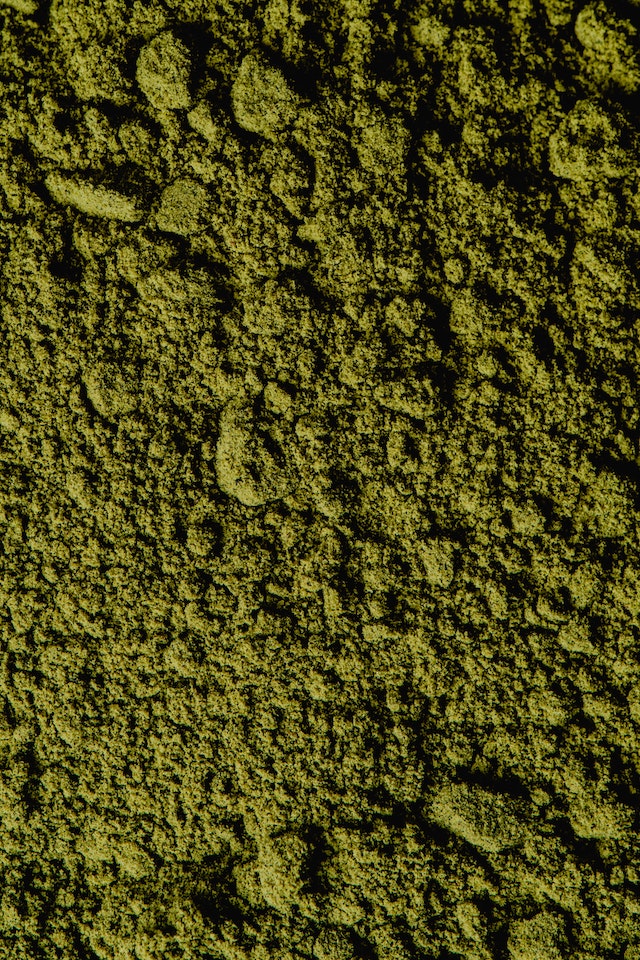Botanical Description:
Scientific Name: Armoracia rusticana
Common Names: Horseradish
Description:
Horseradish is a perennial plant belonging to the Brassicaceae family, known for its pungent, spicy roots. Native to Southeastern Europe, it has been cultivated and used for culinary and medicinal purposes for centuries. The roots contain compounds that contribute to its potential therapeutic actions.
Disclaimer:
This Materia Medica is provided for informational purposes only and should not replace professional medical advice. Please consult with a qualified healthcare practitioner or herbalist before using any herbal remedies.
Therapeutic Actions:
- Antimicrobial:
- Horseradish exhibits antimicrobial properties, potentially beneficial for addressing infections.
- Expectorant:
- Recognized for its expectorant effects, aiding in the clearance of respiratory mucus.
- Digestive Stimulant:
- Acts as a digestive stimulant, promoting the production of digestive juices.
- Anti-Inflammatory:
- Exhibits anti-inflammatory properties, contributing to its traditional use in inflammatory conditions.
Constituents:
- Isothiocyanates:
- Pungent compounds found in horseradish, known for their antimicrobial effects.
- Glucosinolates:
- Precursors to bioactive compounds with potential health benefits.
- Vitamins and Minerals:
- Horseradish roots contain various vitamins and minerals, contributing to its nutritional profile.
Traditional Uses:
- Respiratory Health:
- Horseradish is traditionally used to support respiratory health, addressing conditions such as congestion and coughs.
- Digestive Aid:
- Employed as a digestive stimulant to enhance digestion and address indigestion.
- Topical Applications:
- Applied topically for its potential anti-inflammatory effects, benefiting conditions like arthritis.
- Antimicrobial Actions:
- Used for its antimicrobial properties, potentially beneficial for infections.
Dosage and Preparation:
- Horseradish Tincture:
- Liquid extracts prepared with alcohol or glycerin. Dosage typically ranges from 30-60 drops, up to three times a day.
- Horseradish Infusion:
- Infusions made from grated horseradish root. Dosage may vary, and it’s essential to follow recommended guidelines.
- Culinary Use:
- Inclusion in meals for both flavor and potential health benefits.
Cautions and Considerations:
- Pregnancy and Breastfeeding:
- Safety during pregnancy and breastfeeding is not well-established. Consultation with a healthcare professional is recommended.
- Digestive Sensitivity:
- Some individuals may experience digestive discomfort. Monitoring and adjusting dosage is advisable.
- Allergies:
- Individuals with known allergies to horseradish or related plants should exercise caution.
Conclusion:
Horseradish, with its pungent roots and culinary versatility, is not only a flavorful addition to meals but also a potential herbal remedy. From its antimicrobial and expectorant effects to its use in supporting digestion and addressing inflammation, horseradish offers diverse applications. Whether taken as tinctures, infusions, or incorporated into meals, it provides accessible options for those seeking natural remedies. However, caution is advised, especially during pregnancy or for individuals with specific health conditions. This Exhaustive Materia Medica aims to provide comprehensive insights into horseradish’s botanical description, therapeutic actions, constituents, traditional uses, dosage, precautions, and applications. For personalized guidance, consultation with healthcare professionals or herbalists is recommended, ensuring safe and effective utilization of horseradish as a herbal remedy.





